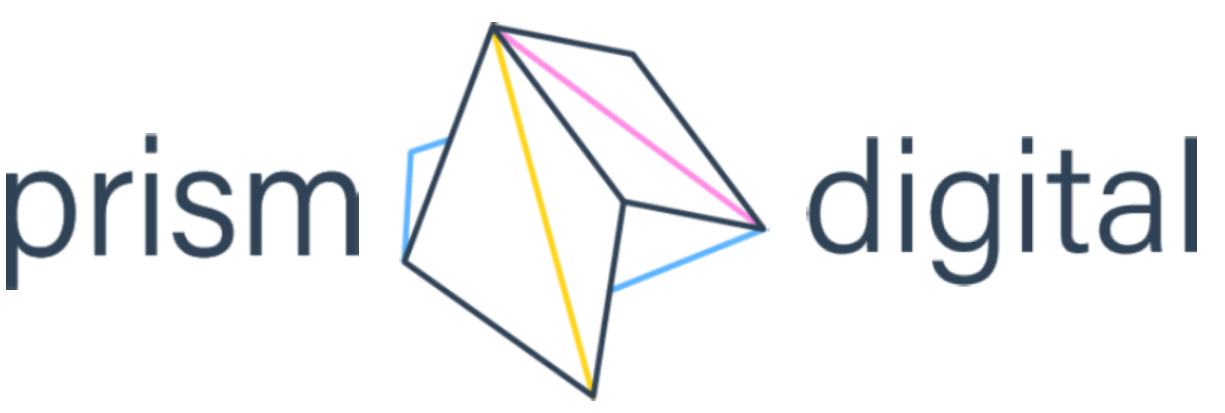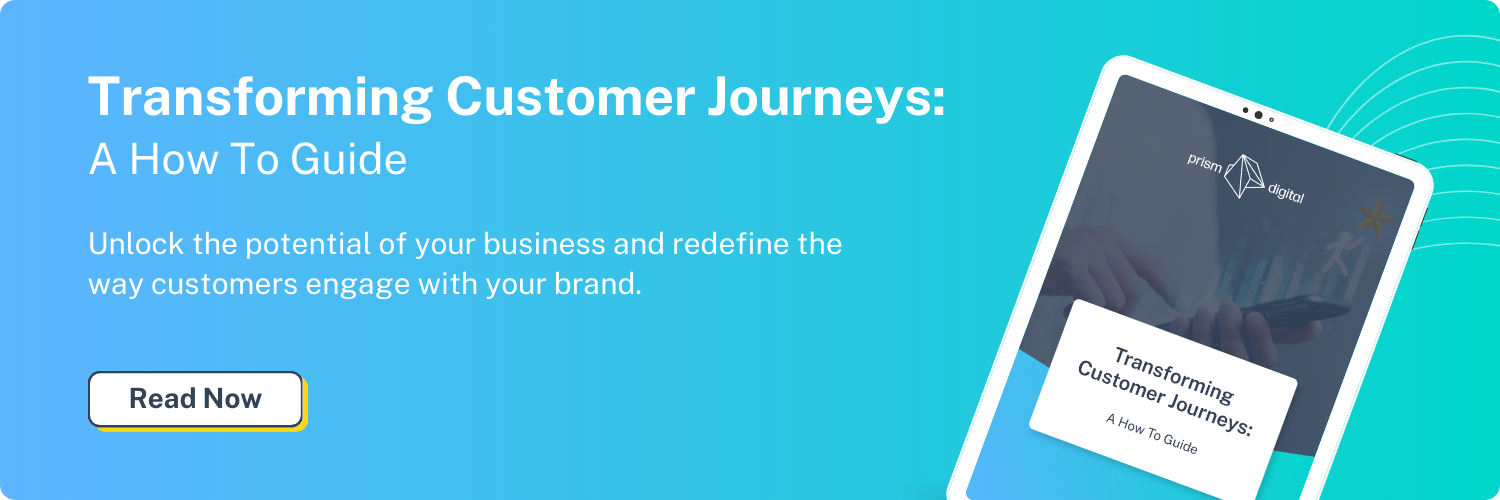Most tech marketing sounds something like this:
- Endless acronyms.
- Buzzwords stacked on buzzwords.
- Landing pages so dense, you need a PhD just to understand them.
But here’s the problem: customers don’t buy jargon. They buy feelings. If you want your tech brand to actually connect—and, you know, sell stuff—you need less “robust scalable SaaS solutions” and more emotion, storytelling, and humanity. Here’s why (and exactly how to do it).
Cold Hard Truth: People Buy Emotion First, Logic Second
Studies show that emotional responses to ads influence intent to buy by a factor of 3-to-1 over rational responses. Therefore if you’re leading with features, specs, or technical jargon, you’re making it way harder for people to care about what you offer.
Example:
- 🧠 Jargon Version: “Our AI-driven, blockchain-enabled cybersecurity platform mitigates risk with end-to-end encryption protocols.”
- ❤️ Emotion-First Version: “We keep your business safe, so you can focus on growing it—not worrying about cyber threats.”
Which one feels more human? Which one actually makes you trust the brand? Yeah. Exactly!
Jargon Creates Distance. Emotion Builds Trust.
When your audience feels overwhelmed or confused, they bounce. (Literally—your website’s bounce rate spikes.) When they feel understood and safe, however. They lean in.
Real Example:
Look at Slack’s tech marketing. Instead of shouting about “team collaboration cloud-based workflows,” they say:
“Make work life simpler, more pleasant, and more productive.”
It’s simple, emotional and totally aspirational. They don’t need to explain their tech stack; they focus on how your life gets better because of them.
Think about it: when was the last time you felt excited by the technical jargon in a B2B sales pitch? Probably never. Because jargon doesn’t inspire. It intimidates.
Where Tech Brands Usually Get Their Marketing Wrong
Tech brands love to talk about themselves:
- “We built the fastest servers.”
- “We offer enterprise-grade solutions.”
- “Our predictive analytics platform leverages machine learning at scale.”
That’s great—for you. But what about the customer? Where’s the story about their needs, their goals, their pain points?
In Action:
Let’s compare two real-world website taglines for cloud storage companies:
- ❌ Boring & Jargony: “Scalable Multi-Tenant Cloud Storage for Enterprise Workloads
- ✅ Emotion-Driven: “Your files. Your business. Protected and ready, wherever you are.”
The emotional version paints a picture of what’s in it for me—it speaks to peace of mind, security, and ease. These are things your customers care about. They want results, not tech specs.
How to Bring More Emotion Into Your Tech Marketing
Ready to ditch the robot-speak? Here’s where to start:
1. Focus on Human Outcomes
Don't just describe what your tech does—show what it means for the user’s life.
- ❌ Instead of: "Our software reduces project delivery timelines by 30%."
- ✅ Say: "Spend less time buried in projects—and more time celebrating finished ones."
Real Example:
Apple doesn’t say, “Our cameras have 12MP dual lenses.” They say:
"Shot on iPhone. Beautiful memories, captured effortlessly."
The emotional outcome is the hero, not the specs. People don’t just want a camera—they want to capture moments that matter to them. That’s the emotion behind the tech.
2. Tell Real Customer Stories
Case studies and testimonials shouldn't sound like corporate press releases. They should sound like humans talking about real results.
Example:
- ❌ Instead of: "XYZ Corp increased server uptime by 18% via our redundant network topology."
- ✅ Try: "After constant server crashes nearly shut us down, [Brand Name] helped us stay online 24/7—and keep our business running strong."
One sounds like a math problem; the other sounds like relief. It’s a human experience—one we can all relate to. People want to feel that your solution will make their lives better. Not just more efficient, but easier. Easier is emotional. Efficiency? Not so much.
3. Cut the Fluff. Use Plain English.
If your grandma wouldn’t understand your homepage, it’s too complicated! A good rule to follow is to write like you’re explaining it to a friend over coffee, not presenting a dissertation.
Real Example:
Zapier’s homepage headline doesn’t say, “Automates cross-platform API workflows via conditional triggers.” It says:
“Zapier makes you happier at work.”
It’s human. It’s relatable. And it’s a promise your customers can get behind.
Bottom Line: Your Tech Marketing Needs to Speak Human
Marketing full of jargon just makes you blend in—and not in a good way. Emotion, simplicity, and storytelling? That’s what makes brands unforgettable:
- When your audience feels something, they remember you.
- When they understand you easily, they trust you faster.
- And when they trust you? They buy.
Need help finding your brand’s human voice?
Let’s make your tech marketing more emotional, more powerful—and a hell of a lot more fun. Let's chat.
.png?width=200&height=73&name=Logo(1).png)


